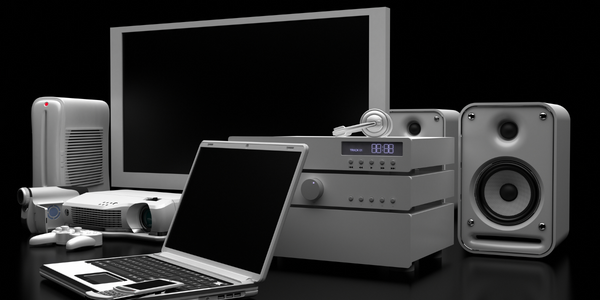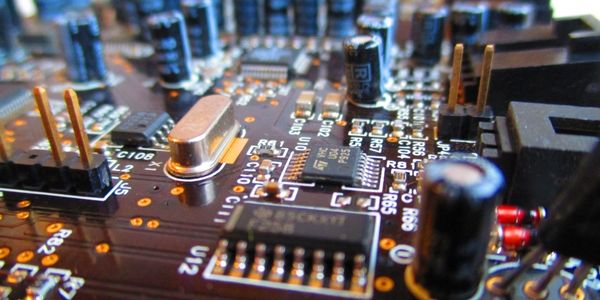Technology Category
- Analytics & Modeling - Digital Twin / Simulation
- Networks & Connectivity - WiFi
Applicable Industries
- Electronics
- Telecommunications
Applicable Functions
- Product Research & Development
Use Cases
- Virtual Prototyping & Product Testing
- Virtual Reality
About The Customer
RF2ANTENNA is a company that focuses on developing innovative and easy-to-integrate products for specific applications in wireless communications and wireless charging. Their primary goal is to enhance the efficiency of IoT devices with affordable solutions. Their core competency lies in providing solutions to radiation problems in mobile products. With a combined experience of over 30 years in mobile communications design, RF2ANTENNA is committed to delivering cutting-edge solutions in the wireless technology space.
The Challenge
RF2ANTENNA, a company specializing in wireless communications and charging, faced a challenge in designing a customized wireless charging system for wearable electronics. The traditional approach of experimental design was deemed time-consuming and costly as it required building different size coils and creating a measurement setup. The specific needs of wearable devices necessitated a custom design, which called for engineering simulations for a reasonably short, cost-effective design cycle. The challenge was to find a simulation software that could integrate a circuit solver with the electromagnetic solvers, to optimize the coil design process.
The Solution
RF2ANTENNA engineers utilized ANSYS’ electromagnetic solver combined with the circuit simulator to optimize the coil design process. This involved using ANSYS Maxwell 3D to extract the circuit values for the wireless coupling mechanism. Subsequently, ANSYS Nexxim was used to optimize the circuit and the coils for charging efficiency by altering the values of the tuning capacitors (CS and CL). Given the wearable application, the engineers also employed ANSYS HFSS to plot the electric field strength on the human body (due to the charging current) using the human model provided by ANSYS. This comprehensive approach allowed for a highly accurate, optimized solution, which would have been nearly impossible using traditional trial and error methods.
Operational Impact
Quantitative Benefit

Case Study missing?
Start adding your own!
Register with your work email and create a new case study profile for your business.
Related Case Studies.

Case Study
Remote Temperature Monitoring of Perishable Goods Saves Money
RMONI was facing temperature monitoring challenges in a cold chain business. A cold chain must be established and maintained to ensure goods have been properly refrigerated during every step of the process, making temperature monitoring a critical business function. Manual registration practice can be very costly, labor intensive and prone to mistakes.

Case Study
Cloud Solution for Energy Management Platform-Schneider Electric
Schneider Electric required a cloud solution for its energy management platform to manage high computational operations, which were essential for catering to client requirements. As the business involves storage and analysis of huge amounts of data, the company also needed a convenient and scalable storage solution to facilitate operations efficiently.

Case Study
Leveraging the IoT to Gain a Competitive Edge in International Competition
Many large manufacturers in and outside Japan are competing for larger market share in the same space, expecting a growing demand for projectors in the areas of entertainment, which requires glamor and strong visual performance as well as digital signage that can attract people’s attention. “It is becoming more and more difficult to differentiate ourselves with stand-alone hardware products,” says Kazuyuki Kitagawa, Director of Service & Support at Panasonic AVC Networks. “In order for Panasonic to grow market share and overall business, it is essential for us to develop solutions that deliver significant added value.” Panasonic believes projection failure and quality deterioration should never happen. This is what and has driven them to make their projectors IoT-enabled. More specifically, Panasonic has developed a system that collects data from projectors, visualizes detailed operational statuses, and predicts issues and address them before failure occurs. Their projectors are embedded with a variety of sensors that measure power supply, voltage, video input/ output signals, intake/exhaust air temperatures, cooling fan operations, and light bulb operating time. These sensors have been used to make the projector more intelligent, automatically suspending operation when the temperature rises excessively, and automatically switching light bulbs. Although this was a great first step, Panasonic projectors were still not equipped with any capability to send the data over a network.






